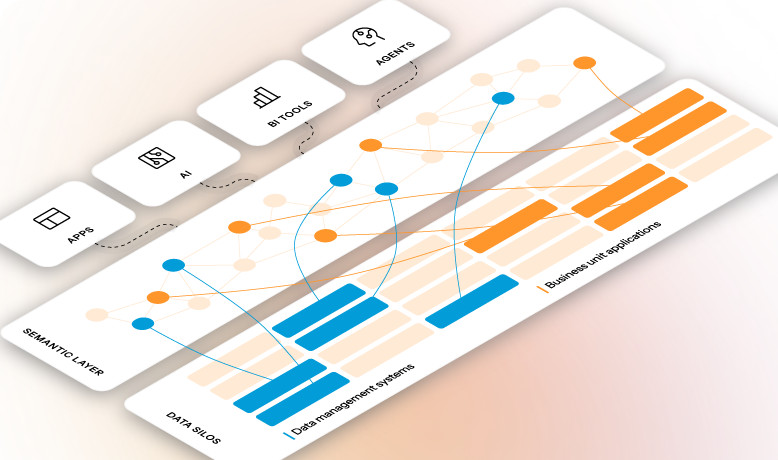
Did the Market Just Admit What the Bottleneck to AI is?

It would appear it did. The industry is finally admitting that inconsistent definitions across enterprise systems are one of the largest barriers holding back AI initiatives.
September’s announcement of the Open Semantic Interchange (OSI), backed by Snowflake, Salesforce, Tableau, BlackRock, and more than a dozen other technology leaders, underscores a reality every enterprise AI team already knows:
AI adoption is stalling because businesses can’t agree on what their own data means.
This announcement means for the first time, a vendor-neutral specification for semantic metadata has been agreed upon. At its core, OSI is about solving the cross-platform interoperability problem, the very issue that causes AI models to collapse when systems can’t align on basic business definitions.
The stumbling block: interoperability
Interoperability is the ability for systems to talk to each other without translation breakdowns.
This is where most enterprises stumble. Even after investing heavily in data warehouses, BI platforms, and AI tools, those systems still speak different “languages” of data.
We’ve all experienced this in daily life words that shift meaning across cultures, regions, or even households. A phrase that makes perfect sense in one context can be misinterpreted in another, leading to confusion or mistrust.
The same dynamic plays out inside the enterprise. “Revenue,” “customer,” or “active” may look familiar on the surface, but each system applies its own logic. Without a shared semantic layer, AI is left to guess at meaning. Those guesses lead to unreliable outputs, delayed projects, and wasted investment.
That’s why interoperability isn’t just a technical problem — it’s a semantic problem. Until enterprises agree on shared meaning across systems, AI will remain trapped in silos of mistranslation.
This is exactly the gap OSI aims to close.
Why OSI matters
The significance of OSI is twofold:
- Cooperation over control – Competitors like Tableau and Snowflake are setting aside proprietary interests to build an open standard.
- Semantics at the center – The industry now agrees that context, not just raw data, is the missing piece in scaling AI.
And this is where the App Orchid thesis that a semantic layer gets your data AI-ready and helps solve the last-mile challenge in AI. Our platform has long been built on the belief that a semantic knowledge graph is the bridge between raw data and trustworthy AI. OSI doesn’t just validate this approach — it accelerates it.
App Orchid’s Semantic layer
The creation of the OSI makes things pretty clear: a semantic layer, one that creates meaning and helps models understand the nuisances of your data, aren’t “nice to have.” They are the foundation for enterprise AI at scale.
The OSI announcement is the industry’s admission of that reality — and App Orchid has been building for it all along. As the market rallies around open standards, our vision of semantics everywhere becomes not just validated, but inevitable: a future where interoperability fuels trust, and trust fuels adoption.


The Best Path to
AI-Ready Data
Experience a future where data and employees interact seamlessly, with App Orchid.

